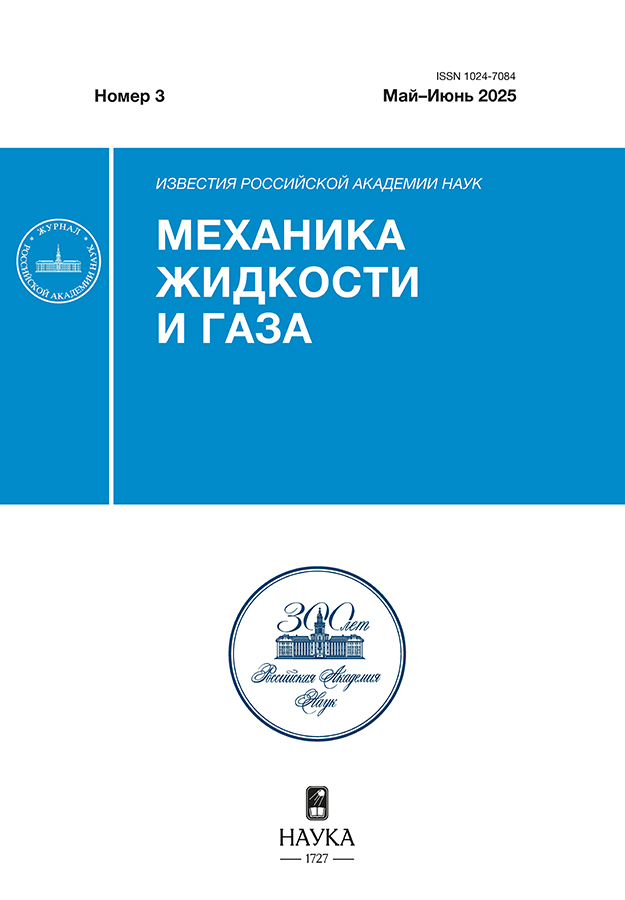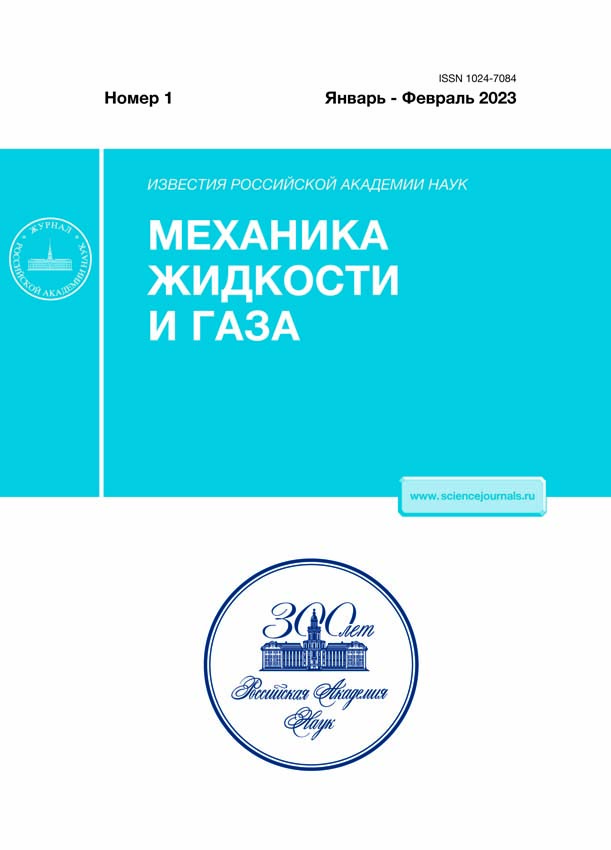Using the Wave Propulsors in a Small-Waterplane-Area-Twin-Hull Boat
- Authors: Prokofiev V.V.1, Arkhangelsky E.A.1, Boyko A.V.1, Filatov E.V.1
-
Affiliations:
- Moscow State University, Institute of Mechanics
- Issue: No 1 (2023)
- Pages: 41-53
- Section: Articles
- URL: https://rjmseer.com/1024-7084/article/view/672514
- DOI: https://doi.org/10.31857/S0568528122600564
- EDN: https://elibrary.ru/AJNUBP
- ID: 672514
Cite item
Abstract
The efficiency of two types of wave propulsors (WPs) (a swinging spring-loaded wing WP
and a direct-flow WP) is experimentally studied on a model of a small-waterplane-area-twin-hull
(SWATH) boat. The NACA0015 airfoil was used as an operating element of both the swinging and the
direct-flow WPs. In the case of a direct-flow WP, the flat airfoil was rigidly fixed relative to the boat
hull with a chord inclination of 30. The operating efficiency of the wave propulsors is studied for
waves of various lengths depending on the draft of the SWATH boat hulls, and in the case of a swinging
spring-loaded wing WP, also on the submergence depth of the propulsor. Using the results of towing
tests, the thrust force of a direct-flow WP is estimated under various operating conditions. It is found
that with increase in the submergence depth of the boat hulls, the efficiency of the direct-flow WP
increases, while the efficiency of the swinging WP decreases, however, it largely retains its operability,
provided that the WP operating element remains at the optimal depth close to the water surface.
About the authors
V. V. Prokofiev
Moscow State University, Institute of Mechanics
Email: vlad.prokof@yandex.ru
Moscow, Russia
E. A. Arkhangelsky
Moscow State University, Institute of Mechanics
Email: mailband@mail.ru
Moscow, Russia
A. V. Boyko
Moscow State University, Institute of Mechanics
Email: mailband@mail.ru
Moscow, Russia
E. V. Filatov
Moscow State University, Institute of Mechanics
Author for correspondence.
Email: mailband@mail.ru
Moscow, Russia
References
- Прокофьев В.В., Филатов Е.В., Такмазьян А.К., Якимов А.Ю. Сравнительные исследования эффективности судовых волновых движителей различных типов // Инженерный журнал: наука и инновации. 2018. № 3. С. 1–17.
- Константинов Г.А., Якимов Ю.Л. Расчет тяги движителя судна, использующего энергию морских волн // Изв. РАН. МЖГ. 1995. № 3. С. 139–143.
- Очеретяный С.А., Прокофьев В.В., Такмазьян А.К., Филатов Е.В. Воздействие волн на погруженную в жидкость подвижную пластину: физический и численный эксперимент // Изв. РАН. МЖГ. 2013. № 4. С. 27–34.
- Прокофьев В.В., Такмазьян А.К., Филатов Е.В. Испытание и расчет движения модели судна c прямоточным волновым движителем // Изв. РАН. МЖГ. 2017. № 4. С. 24–38.
- Глушко В.Н. Исследование влияния параметров морского волнения на величину тяги, создаваемой волновым движителем в виде колеблющегося крыла с упругой заделкой // Прикладная гидромеханика. 2009. Т. 11. С. 47–53.
- Прокофьев В.В., Такмазьян А.К., Филатов Е.В. // Результаты испытаний судна с различными волновыми движителями в гидроканале // Изв. РАН. МЖГ. 2019. № 6. С. 38–47.
- Егоров Г.В. Проектирование и постройка коастеров и судов смешанного плавания. Одесса.: Издатель Николай Дубров. МИБ, 2008. 128 с.
Supplementary files























